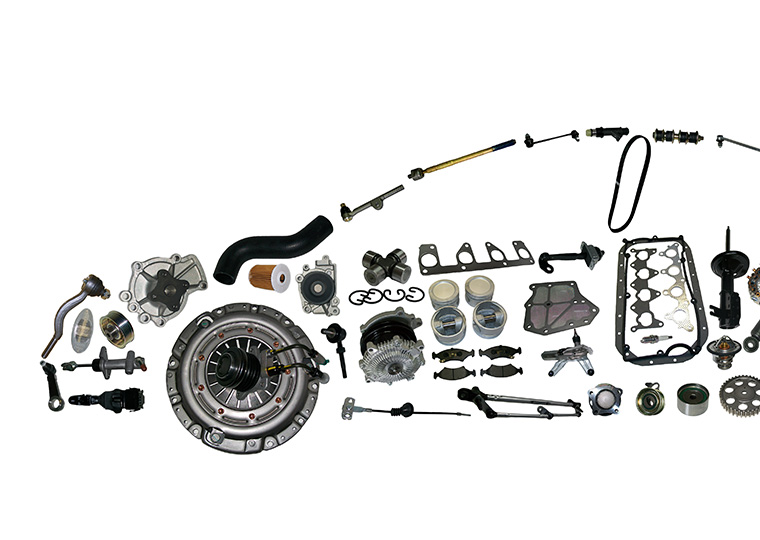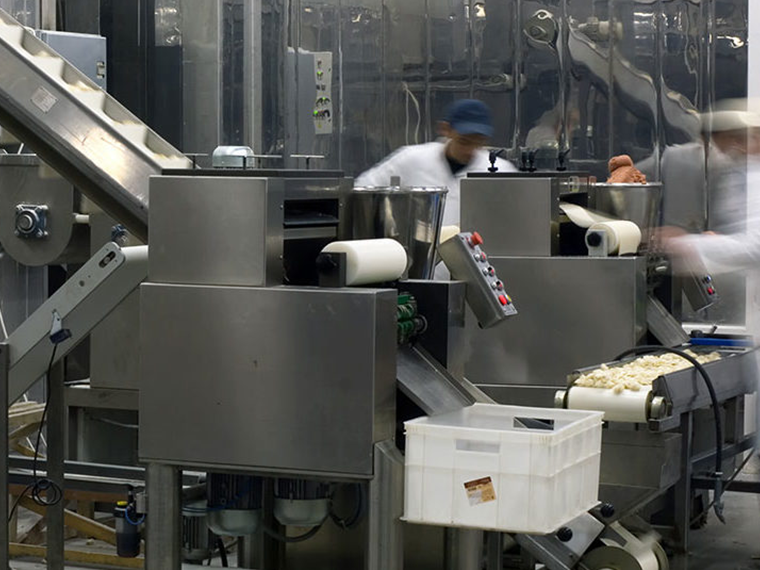Obstacles and incentives to refurbishing and re-selling goods
Global disruptions to the supply chain are becoming the new normal. Whether it’s tariffs, COVID-19 or a cargo ship wedged in the Suez Canal, manufacturers can find themselves short of parts to make and sell their products.
Conventional wisdom suggests that designing products to be more easily reusable can help companies when the inputs to their manufacturing process are not getting through. A system of accepting trade-ins and otherwise acquiring a firm’s used products, fixing them up and reselling can ease pressure from supply interruptions. During the pandemic, HP introduced remanufactured laptops while Dell had already emphasized modular product design, and Cisco was engineering products to be quickly assembled and disassembled. Shortly after the pandemic, Nike began its own refurbishment program.
Yet, a paper published in Production and Operations Management finds that these strategies pay off only up to a certain point. Western University’s Prashant Chintapalli, UCLA Anderson’s Kumar Rajaram and Indian Institute of Management’s Nishant K. Verma set out to understand how firms should manage product reusability when facing potential supply chain disruptions. What they concluded defies popular belief:
“It is beneficial to increase product reusability as the risk of supply disruption rises, but only up to a certain threshold. Beyond this threshold it is more advantageous for the firm to reduce reusability to save on design costs.”
It’s more expensive to design reusable products — items that are easier to disassemble and repair, featuring modular components, standardized parts, accessible fasteners — and that upfront outlay is only recouped later when manufacturers scale their refurbishment operations.
There is no across-the-board threshold. The authors built a model to help companies think about the adoption of reusability, considering parameters such as the design cost, how much customers value the product and the likelihood of supply interruption.
Five Key Levers
After conducting interviews with companies about their refurbishing and remanufacturing practices, the researchers developed a three-period model, simulating how companies operate:
- Designing products with varying reusability levels.
- Producing and selling them while accepting trade-ins.
- Deciding whether to refurbish and resell those trade-ins based on market conditions and supply availability, alongside newly produced units.
Chintapalli, Rajaram and Verma’s model captures five key levers: the probability of disruption, production cost, refurbishment cost, design cost, and a consumer-valuation parameter that measures how much buyers value refurbished units relative to new. The authors derive results separately for low-valuation and high-valuation regimes.
Extreme Disruption
Through simulations that vary the problem’s parameters, the authors identify product design and refurbishment policies that maximize profit for the manufacturer under a range of conditions. The research concluded that companies should follow a “threshold-based refurbishment policy” in which they refrain from refurbishing products when reusability (how easy it is to refurbish the product) is low and refurbish all trade-ins when reusability is sufficiently high.
Optimal reusability could peak when disruption probabilities are as high as 50-60%, then, perhaps surprisingly, decline as the probability of disruption increases further. In instances of ongoing high levels of disruption, there are fewer normal periods in which the product can be produced and sold. As a result, fewer trade-ins will be available for refurbishment, and the company is unable to earn enough on refurbished sales to justify the upfront design cost to facilitate easy refurbishment.
Production costs significantly influence reusability decisions. When costs are moderate, increasing reusability becomes more attractive as refurbishment can offer better margins. However, when production costs exceed certain thresholds, companies actually reduce reusability to save on design expenses because tight margins make the upfront investment less viable. This suggests one plausible reason why some premium, high-production-cost products aren’t always the most repairable, especially when their margins are too lean to justify the extra design investment.
Win Win
Perhaps most encouraging is the finding that optimal reusability creates a two-way win that benefits both the firm and its consumers. The researchers say, “firm shares the benefits of higher product reusability with consumers through higher trade-in fees and lower refurbished unit prices.” This creates a virtuous cycle:
- Companies benefit from reduced refurbishment costs and gain backup supply during disruptions.
- Customers receive higher trade-in fees.
- Consumers buying refurbished products enjoy lower prices.
In practical terms, a company with optimal reusability might offer $100 for a traded-in smartphone instead of $50, then sell the refurbished unit for $350 instead of $450 — creating value for everyone while building resilience to supply chain disruptions.
With supply chain disruptions becoming more common, this research suggests that a parallel path to resilience, alongside diversifying suppliers or stockpiling inventory, may lie in fundamentally rethinking how we design products — with the crucial caveat that more isn’t always better when it comes to reusability design.
Featured Faculty
-
Kumar Rajaram
Professor of Decisions, Operations and Technology Management
William E. Leonhard Chair in Management
About the Research
Chintapalli, P., Rajaram, K., & Verma, N. K. (2023). Managing Product-Reusability Under Supply Disruptions. Production and Operations Management.







